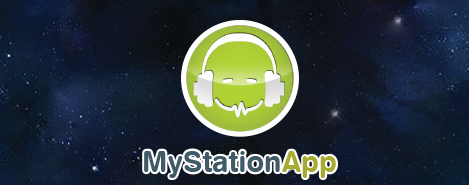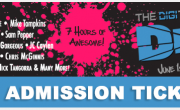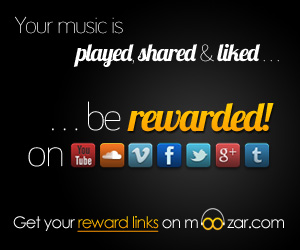The ConVergence Radio Conference, which just ended yesterday, is an annual event in its sixth year of operation. A gathering of professionals held in Santa Clara, California, this conference focuses mainly on exploring the ideas and digital technologies radio needs to embrace, in order to stay relevant in this “post dot-com” era. A product of the minds at Radio Ink Magazine, this year’s conference hosts many different individuals and companies –from the long established to the newly up-in-coming.
One interesting piece of tech to take note of, which happened to be the subject of a panel for the conference’s first day, is the MyStation App. Developed by Indianapolis-based, digital marketing agency, Boost Media Entertainment, this platform-type app caters to creating apps for individual radio stations and is intended for not only regular music listeners but owner-operators and radio marketers as well. While Boost Media and the MyStation App have been around for a few years already, (Boost Media was founded in 2009), the latter of the two is being relaunched today, with new some new design and new features, all developed by keeping user feedback in mind.
First though, here is a brief summary of what the MyStation App is, and does, for its clientele, as quoted from their official website.
When you plug into MyStation App you’ll get much more than just a [radio player] app. You’ll gain access to our Network of resources, to ensure that your mobile program is successful. We help you connect with your listeners like never before, with our exclusive interactive features. And we help you monetize your app, creating new streams of digital revenue for your station.
If this product concept seems somewhat familiar, that might be because the idea of a customized app experience is similar to the popular offering of Conduit mobile for apps built around individual artists or bands. (See this past piece on rapper, Meek Mill’s Conduit mobile app). Some current users of the MyStation App are WJOB, JOY FM, WTTS, and Power 800, among others.
Don’t think though, that this is simply a “cookie-cutter copy” of Conduit’s methods converted for radio stations. While the similar comparison of catering to specific stations versus specific artists is there, the interface and intended uses are unique to MyStation. Within the app itself, a rating system has been added. The company admits to this decision being influenced by Pandora but as is explained in Radio Ink’s brief report of the relaunch, “The MyStationApp data is more specific (not just a thumbs up or down) and can be curated for use as real music research.” A running five point scale is available for rating every song one listens to in the app.
For the owner-operators and marketers who use MyStation, many of the new benefits are privately accessed via the web and include things like real time analytics and a “CMS Dashboard,” meant to neatly aggregate all of the content for one’s particular station app and allow for easier, faster sharing. Content can be dispersed from the dashboard across “all of your listener connections: mobile app, website/blog, loyalty database and even [the ability to] geo target PUSH notifications.”
Lastly, and probably the most intriguing aspect of MyStation’s relaunch, is their new “Sales Training” element. Personalized consultation and support from the company’s assembled team of specialists is what Boost Media hopes will help those in radio sales to “full embrace mobile,” as Jason Acquisto, co-creator of the MyStation App and Senior Account Executive of Boost Media, told Radio Ink. Sales materials and informative presentations on top of the training work together to enhance a business user’s experience and makes them more effective in the mobile tech space for the much longer term.
You can read more about MyStation App here.
Kira is an old school music nerd with a love for all things creative; always searching for music’s common ground. She graduated with an M.A. in Performing Arts Administration from New York University. Drop her a tweet @shadowmelody1

















Comments are closed.